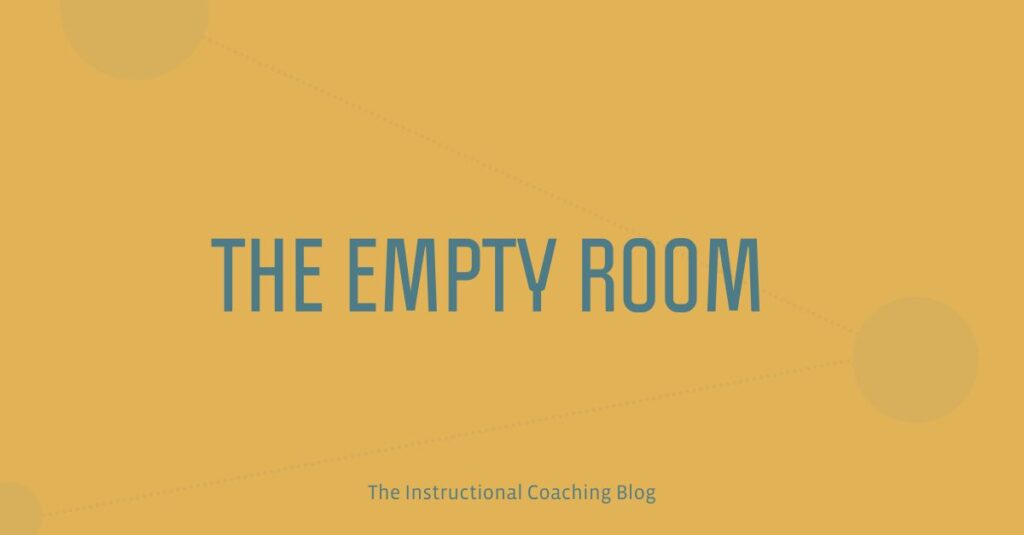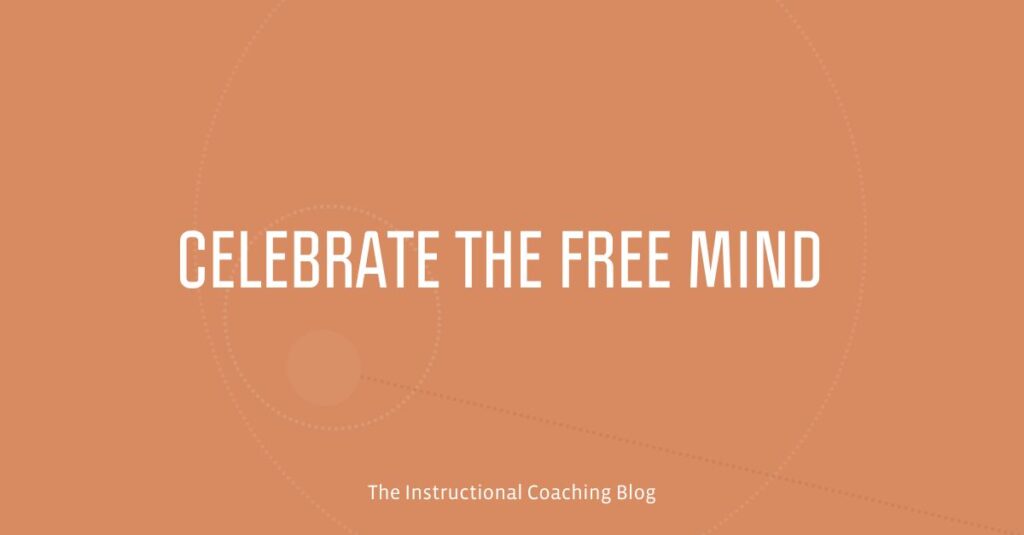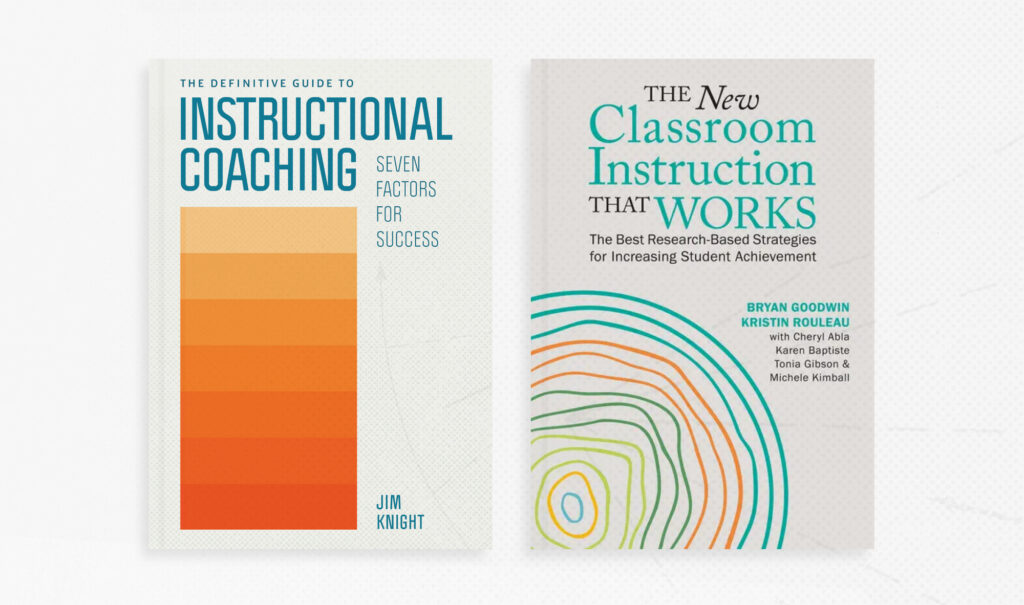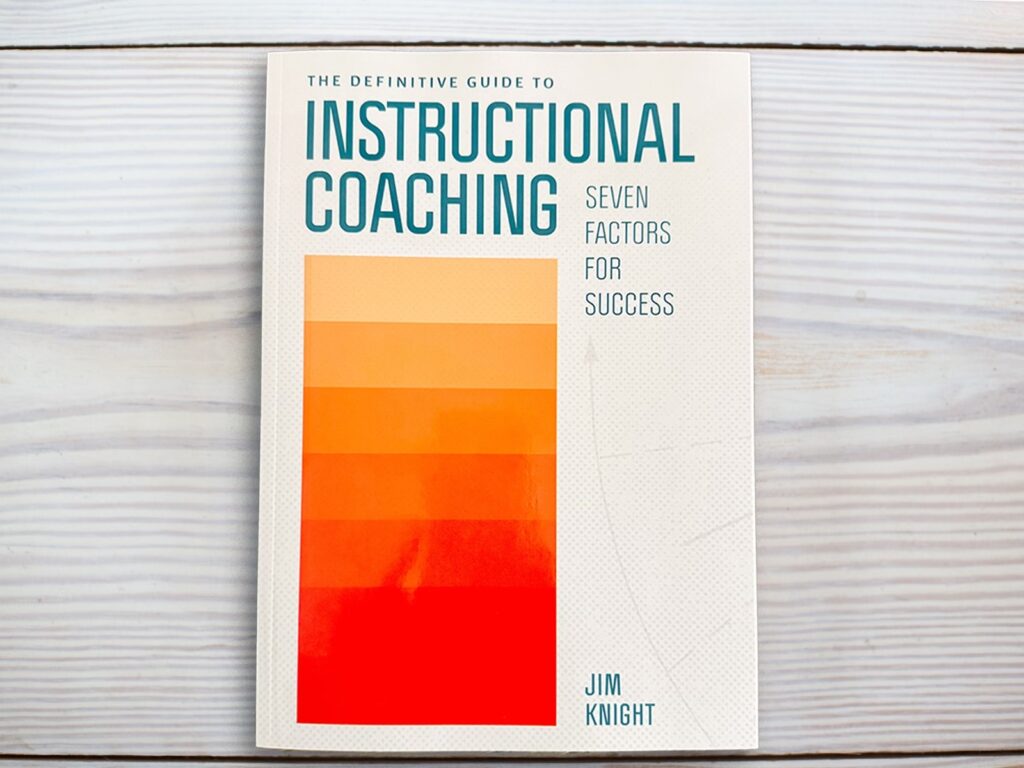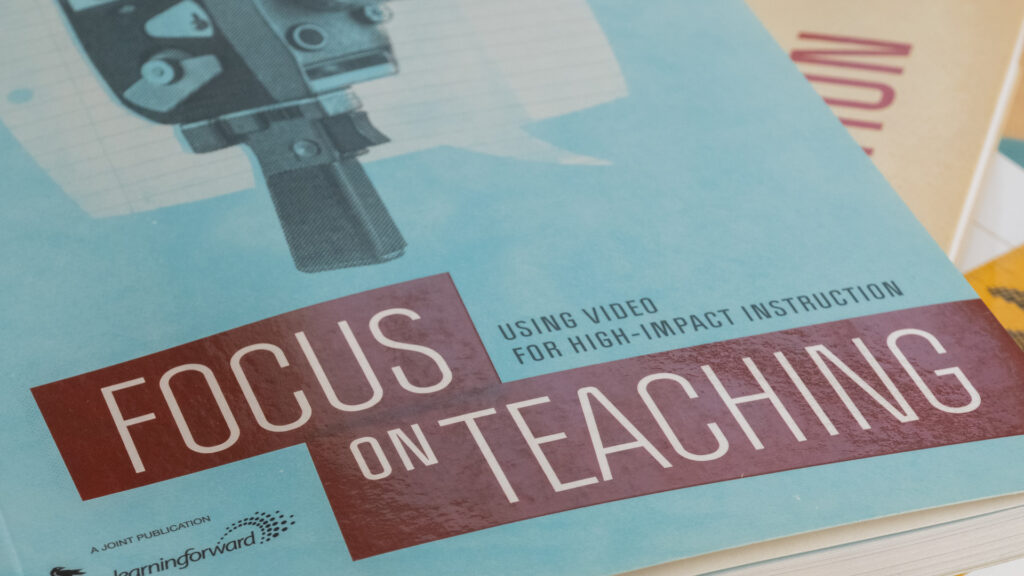Since its release in 2009, John Hattie’s Visible Learning has become one of the most influential forces in education, earning rave reviews upon publication and sparking the interest of educators worldwide. According to Hattie, Visible Learning gives teachers the ability to evaluate their own effectiveness, and it occurs when teachers “see learning through the eyes of the students and help them become their own teachers.” The enthusiastic praise Visible Learning has received speaks to the scale of its impact.
Similarly, instructional coaching has become one of the most popular approaches to professional development and has been widely utilized by educators and professionals. Jim Knight of Instructional Coaching Group has recently released the first paper discussing how instructional coaching can be used to implement the concepts of Visible Learning.
The massive amount of studies conducted in Hattie’s analyses of meta-analyses provide the core strength of Visible Learning. Touching on the impact of Hattie’s work, Jim remarks that “educators are reading and learning about the highest-leverage factors for student achievement, as identified in Hattie’s evolving lists of best practices,” noting that the “original work on Visible Learning was conducted over a 15- to 20-year period, and it ‘involved analyzing more than 800 meta-analyses composing around 80,000 studies in which an estimated . . . 250 million learners took part’. As of 2018, approximately 600 additional studies had been conducted to further refine identification of the factors most likely to have a positive impact on student achievement.”
In his peer-reviewed article, published in Education Sciences, Jim includes the following:
- a summary of the research on instructional coaching
- a summary of Visible Learning concepts from Hattie’s 2017 book, Ten Mindframes for Visible Learning
- a discussion on using instructional coaching to implement Visible Learning
Read the full paper here!
